Italian Coffee-espresso all-round Learning
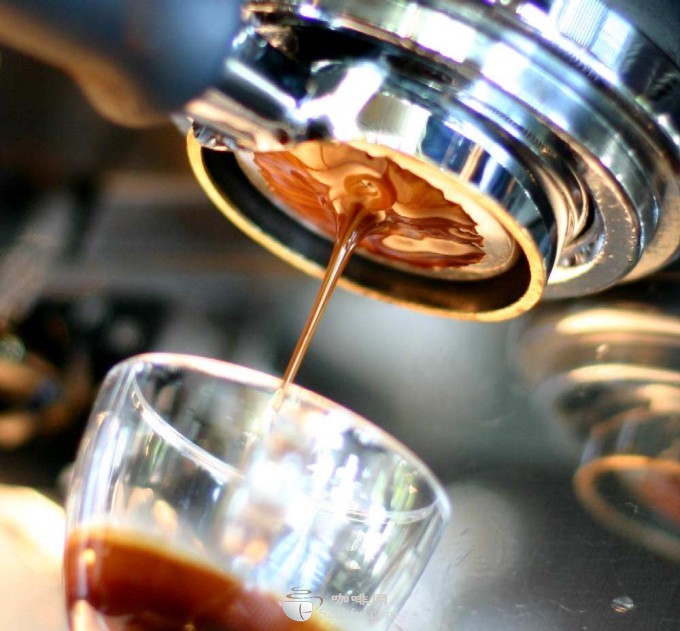
Espresso was born around 1946; this year is considered the official birth year of espresso. Since then this unique coffee drink has been popular in Italy, Spain, Portugal and other southern European countries. But it wasn't until around 1986 that espresso was introduced to the world by Starbucks. Since then, the coffee industry around the world began to recognize and understand this coffee. it was only about ten years earlier than the chinese people's exposure to espresso. So the more popular and reasonable way to name it is espresso coffee.
Espresso is a life.
In Italy, Espresso is simply a concerto of local life. After waking up in the morning with a latte, people like to drink Espresso in the store, everyone waits at the bar, gets their first coffee, and drinks it in three sips. The customers got to know each other and talked, even the barista joined in, turning the cafe into a networking place.
In the United States and Taiwan, Italian-style cafes stand on the streets and are places for young people to meet and chat. Most of them don't drink Espresso and drink only cappuccino or latte with milk. Most of these young people don't know the taste of Espresso, just come here to experience the atmosphere of Espresso. This is an Espresso life too!
Italian espresso: a small, heavy magnetic cup of about 50 ml; half full; dark coffee with a thick layer of bright reddish-brown fine foam on the surface. A chemist would not like such a description and would choose less poetic but more definite words. However, the above definition does describe the characteristics of a cup of espresso coffee completely, at least from a macro point of view to express its main characteristics:
Less volume: This means that the brewed coffee is stronger than the average.
Physical nature of composition: The foam part of coffee is just as important as the liquid part.
These characteristics are, of course, the result of the particular percolating method used to brew coffee, and in the following articles we will describe the characteristics of espresso coffee in detail from a sensory point of view, accompanied by physical and chemical data.
Sensory characteristics of Espresso coffee
The warm tones of the foam, the intense aroma, the velvety smooth liquid, and the intense and persistent taste are all characteristics of a well-brewed espresso that provide the drinker with olfactory, palpable, and visual pleasure. Only hearing is excluded from this multisensory experience. Between the complex chemistry of coffee and its multiple sensory systems, sipping this small cup creates a connection.
Photo: 90909090.jpg
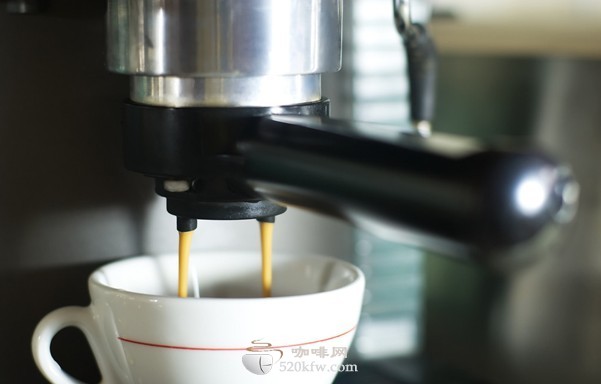
visual characteristics
The most visually noticeable thing about a cup of espresso is the foam. The beauty of the foam is composed of tiny bubbles trapped by the viscous liquid and tiger skin stripes formed by floating fragments of cell walls on top of the foam.
The color and texture of the foam are important to espresso drinkers because perfect foam represents perfect brewing for the drinker. Any errors in grinding, brewing, temperature or extraction will be immediately apparent in the color, texture and consistency of the foam. For example, if the foam is thin and light in color, uneven in texture, and gradually disappears, it means that the espresso coffee is not extracted enough. This may be because the ground particles are too coarse or the water temperature is too low; if the color in the foam is very dark and there is a hole in the center, it means that the coffee powder is too porous or too much powder. A cup of over-extracted espresso is caused by a white foam with large bubbles if the water temperature is too high, or by a white spot in the center of the foam if the extraction is too long.
The foam is also a cover for coffee aroma because it captures the volatile chemical molecules that make up coffee aroma. If the bean recipe is suitable for brewing espresso coffee, the aroma will be pleasant, otherwise it will be disgusting. Foam is an expander that amplifies coffee's advantages as well as its disadvantages.
Taste (mouth feel)
Quality is another important characteristic of espresso coffee. The oil droplets in coffee not only dissolve many flavor chemicals, but also increase the viscosity of coffee. Another form of tactile sensation is astringency, which has long been repugnant and thought to be drug-related. The presence of astringency is associated with the presence of immature beans, which contain polyphenols that cause bitterness in the oral mucosa and interact with soluble proteins in saliva.
Image: 421694621_687316d7c8_o.jpg
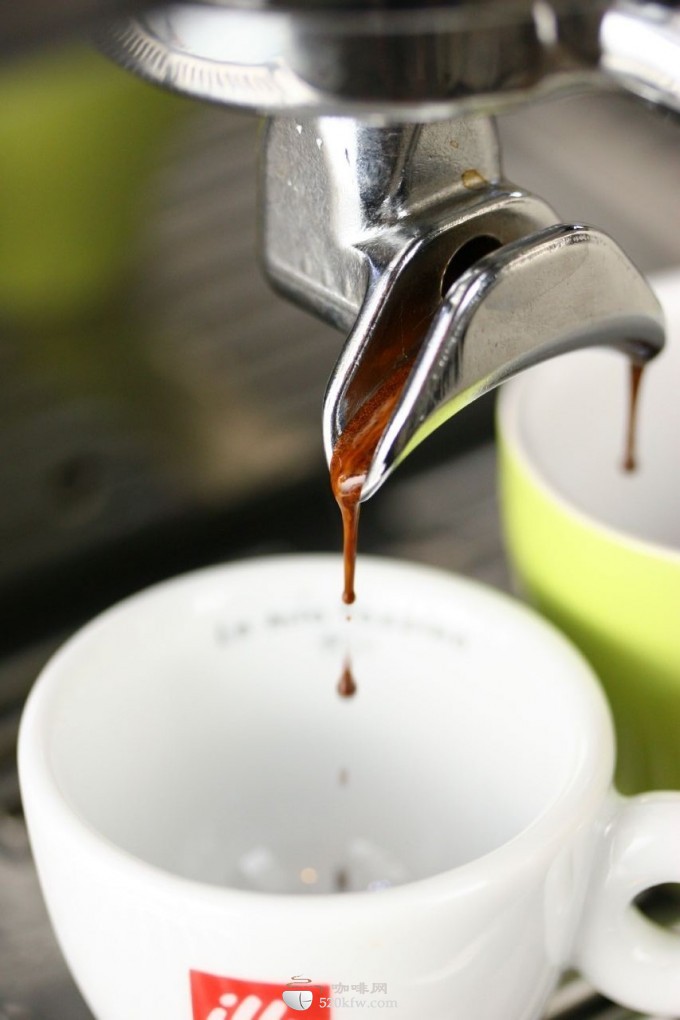
taste (taste)
Sweetness is an important trait in appreciating a cup of espresso, but sourness is not. Consumers in different countries show significant differences in the ratio of bitter to sour taste in espresso coffee. Consumers in southern-leaning countries prefer more pronounced bitterness and focus on qualitative sensory performance, while consumers in northern-leaning countries prefer more balanced taste and consider excessive bitterness a disadvantage. This variation can also be seen in espresso strength, with southerners preferring espresso that is small and strong and served without milk, while northerners prefer espresso that is diluted and served with milk or whipped cream. Unfortunately, brewing more than 50 ml of espresso without over-extraction is difficult, which is why most northern espresso tastes woody or astringent, which is often described by drinkers as bitter, because a large amount of coffee is extracted along with some soluble unpleasant substances. The degree to which the beans are roasted can alter the ratio of bitterness to sourness in espresso coffee; washed beans that have been roasted very deeply can have a pungent, burnt taste that is often disliked by people. A very rapid baking process results in an objectionable taste with astringency, bitterness, and metallic taste.
aftertaste
The liquid properties of Espresso coffee are quite special, its high concentration is due to its high density and high viscosity, on the other hand, due to the presence of natural surface tension agents that reduce the surface tension of espresso coffee. The existence of these conflicting characteristics explains the intense taste sensation and persistent taste and flavor perception characteristic of espresso coffee. During drinking, the surface of the tongue is immersed in which coffee is captured by taste buds, while the oil droplets in espresso coffee adhere to the tongue mucosa and slowly release volatile aromatic molecules, so these tastes and flavors can still be felt after drinking coffee for a period of time (up to 15 minutes). The coating of the tongue with coffee may explain the decrease in bitterness, which is indirectly confirmed by the following experiment: a group of subjects were given a quinine solution and set the bitterness level at 100, and then they were given a quinine solution with a 1% concentration of colloidal polysaccharide (carboxymethyl cellulose), when the subjects only experienced a bitterness level of 40.
Image: 123594827_96086dc9bc_o.jpg
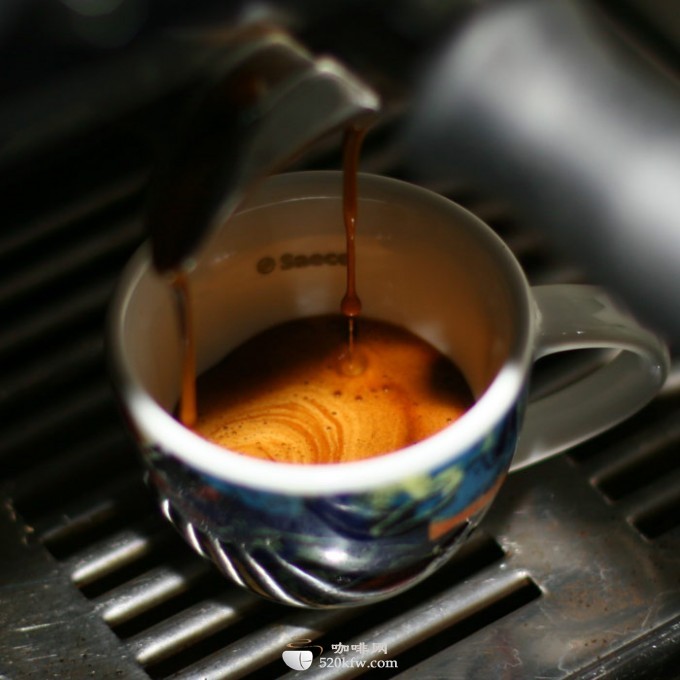
The conclusion of this experiment is that colloids can block taste buds 'bitter receptors and cause a reduction in bitter perception, and the emulsified oil droplets in espresso coffee may act like colloids to reduce bitter perception. However, diluted espresso coffee causes an increase in bitterness perception because it contains hundreds of millions of bitter molecules, but the number of oil droplets is only one in a thousand or ten thousand, so when espresso coffee is diluted, it increases the chance that bitter molecules will be captured by receptors, resulting in a phenomenon that diluted espresso coffee is bitter.
Overall, a good cup of espresso must taste sour at first and bitter and sweet afterwards. It should have a thick texture on the taste, and a strong aroma on the smell and can be pleasant for a long time.
espresso coffee brewing method
Espresso coffee is a small, strong cup of coffee, due to the unstable nature of espresso coffee, must be ground roasted coffee beans freshly, hot water under pressure through the coffee cake, so that the water pressure can be distributed in the coffee cake.
Brewing is done by extracting ground roasted coffee beans with hot water under pressure for a short time.
Scale range of brewing conditions:
Coffee powder 6.5 ± 1.5 g
Water temperature 90 ± 5 ℃
Water pressure 9 ± 2 bar
Brewing time 30 ± 5 seconds
espresso coffee is a multi-phase beverage made solely from ground roasted coffee beans brewed with water. Espresso coffee consists of a foam layer and a liquid layer. The foam layer has fine foam and presents tiger skin patterns. Under the foam layer is a milky liquid layer composed of tiny oil droplets, which contains sugars, acids, proteinaceous substances and caffeine. In addition, there are evenly distributed bubbles and solids.
Italian espresso analysis values are:
Viscosity at 45°C >1.5mPa.s
Total solids 20-60 g/l
Total lipids>2 mg/ml
90% drop size
Important Notice :
前街咖啡 FrontStreet Coffee has moved to new addredd:
FrontStreet Coffee Address: 315,Donghua East Road,GuangZhou
Tel:020 38364473
- Prev
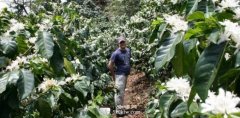
Understanding coffee leaf rust
The most destructive disease of coffee trees is Hemileia vastatrix. The disease has long occurred in coffee-producing regions such as Africa, the Near East and India, Asia and Australasia, and first appeared in the Western Hemisphere in 1970. The once-thriving coffee plantations of Sri Lanka and Java were destroyed there
- Next

How is coffee recorded in the Compendium of Materia Medica?
How is coffee recorded in the Compendium of Materia Medica? it is recorded in the Compendium of Materia Medica: [coffee] shrubs, fruit kernels can be used as medicine, sex temperature, bitter and sour taste, refreshing and refreshing, stomach digestion. Can treat mental malaise, yang qi block, children accumulated food. Incompatibility: Codonopsis pilosula, Croton, alum, cold noodles. Usage: processed into powder, which is called Tishen Powder. Two dollars a day, one for milk and one for sugar.
Related
- What documents do you need to go through to open a coffee shop? coffee shop coffee shop certificate processing process
- How to purchase Coffee beans in small Cafe how to choose a suitable supplier for domestic Coffee supply Company
- How to drink Starbucks Fragrance White Coffee? how to make Australian White Coffee? what Italian coffee beans are recommended?
- The Story of Flora Coffee: the name of Flora Coffee Bean and the implication of the Flowers on Florna Coffee
- How much does a cup of coffee cost? How much is the profit of a cup of coffee? What is the profit of the coffee shop in a year?
- Yunnan small Coffee, known as "fragrant Coffee", introduces the characteristics of Alpine Arabica Coffee producing areas in Yunnan, China
- 2023 latest Starbucks full menu price list how much is a cup of Starbucks coffee what is better to drink the most popular hot and cold drinks recommended
- Starbucks different kinds of Coffee Price list Starbucks menu 2023 Top Ten Best drinks in Starbucks
- Starbucks Spring praise Comprehensive matching Coffee Bean theme Story Packaging implication and taste description
- The cost of a cup of coffee latte American coffee cost price and selling price

